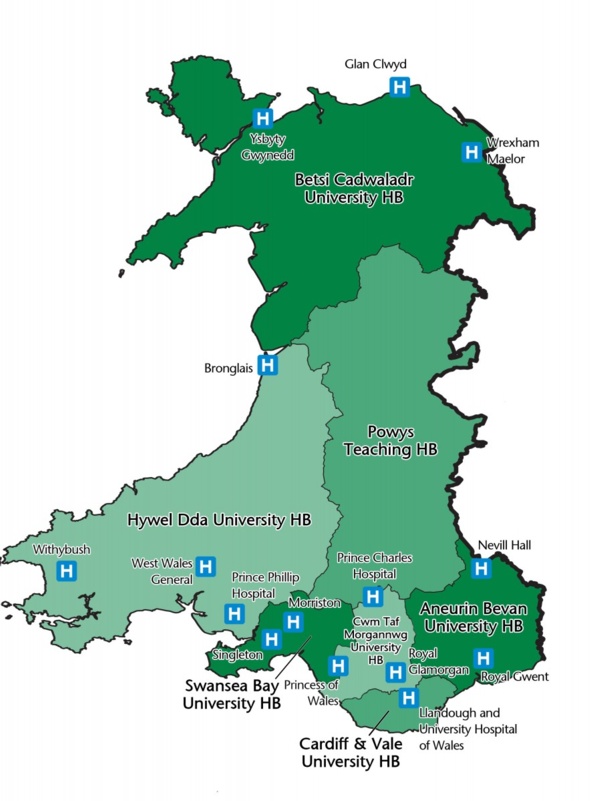Obstetrics and gynaecology

Our training programme
UK training in O&G requires a minimum of seven years of specialty training (ST1–ST7), to be completed following the two years of foundation training. The programme is divided into basic, intermediate and advanced levels of training.
The programme follows the core curriculum, and also incorporates ultrasound training. Once you progress into advanced training, you’ll start to develop the specific skills needed for the areas in which you wish to practise as a consultant by choosing Advanced Training Skills Modules (ATSMs) or by applying for subspecialty training. If you wish to pursue an academic career, you’ll need to complete the academic curriculum.
Once you’ve successfully completed the programme, you’ll be awarded a Certificate of Completion of Training (CCT) or a Certificate of Eligibility for Specialist Registration – Combined Programme (CESR(CP)), depending on your route through training. This qualifies you for entry onto the Specialist Register in the UK, which you need to be able to practise as a consultant in the NHS.
The HEIW Obstetrics and Gynaecology training programme training programme has approximately 70 trainees in total.
Our ST1 intake is usually ten, depending on training numbers. The usual split is: three of our training posts in north Wales and seven in south Wales.
Hospital rotation
Previous rotations for ST1-3:
- POW / UHW / UHW
- Royal Gwent / UHW / UHW
- PCH / Royal Gwent / Royal Gwent
- Wrexham / UHW / UHW
- Wrexham / Ysbyty Gwynedd / Ysbyty Gwynedd
- Ysbyty Gwynedd / Wrexham / Wrexham
- Glangwili / UHW / UHW
- Glangwili / Singleton / Singleton
Health board rotation
Trainees rotate around the following health boards:
- Aneurin Bevan health board
- Betsi Cadwaladr University health board
- Cardiff and Vale health board
- Cwm Taf Morgannwg University health board
- Hywel Dda health board
- Swansea Bay University health board

When applying for O&G training in Wales you will be able to preference your placements. A three year rotation will be advertised to you, although years two and three are subject to change we try and adhere to these as much as we can. These three year rotations will give you an idea of where you will be for the first three years of training. When you enter ST4+ you will be able to preference your placements. We try to allocate you with one of your top three placements where possible.
All trainees will spend at least two years training in a larger hospital in south Wales.
The curriculum, set by the RCOG offers broad-based training in both Obstetrics and Gynaecology for the five years with opportunity to specialise in different areas in the final two years of training.
We are happy to support less than full time training (LTFT), out of programme opportunities and parental leave (Word, 137KB).
Overview of training
Training usually lasts for seven years and leads to a Certificate of Completion of Training (CCT). There are three distinct stages to training:
Stage one
Basic training StR years one-two. Trainees must pass part one of MRCOG before entering ST3.
Transition from first on call to second on call
The transition from first on call to second on call can be a difficult time for any trainee. We have recently developed a plan to allow that transition to take place at a rate that is appropriate for the competence, but also the confidence of individual trainees. At the start of ST3 trainees will normally be placed in a first on call post, but their duties will be modified and the work responsibility increased so that as soon as is appropriate the level of duties will be increased to second on call level. We hope that this will look after the interests and safety of all (trainees, trainers and most importantly patients).
Stage two
General training in StR years three to five. Trainees must pass Part II MRCOG before entering year six. During ST5 trainees apply for Advanced Training Skill Module (ATSM) to be undertaken in year six.
Stage three
Advanced Training in years six and seven. Training during these years will be directed towards the individual trainees’ special interests and needs. Trainees will be required to do at least two ATSMs.
Training rotations
The training rotations in Years one to five will, as far as possible, be confined to the sub-regions and will usually consist of at least one year in a "Teaching Centre" which also has one or more Year six or seven trainees. Training during these years will follow the curriculum laid down by the RCOG and trainees will be expected to keep the required college log book and a professional development file. Workplace based assessments will be expected to be carried out and documentation provided to support progress through training. As in all specialities, progress from one year to the next will depend on a satisfactory Annual Review of Competence Progression (ARCP), and towards the end of years two and five there will be a more detailed interview with the aim of both assessing the trainee's overall progress and planning placements for the next stage of training. Advanced training will be under-taken in years six to seven. All ARCPs take place at the Deanery Assessment Panels.